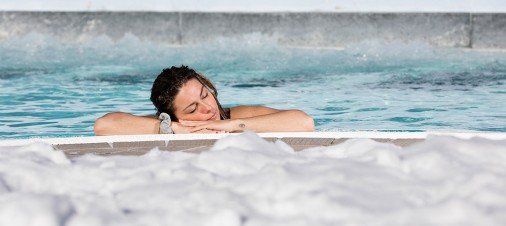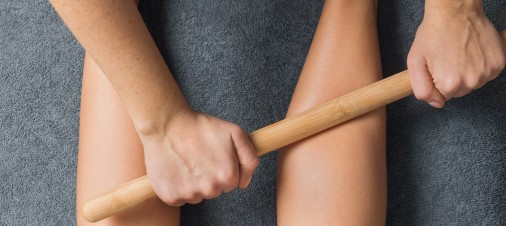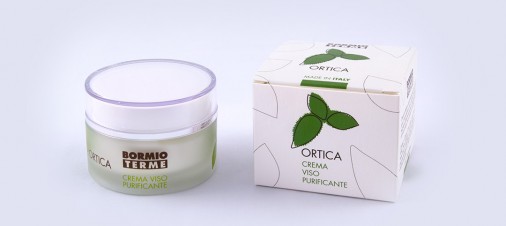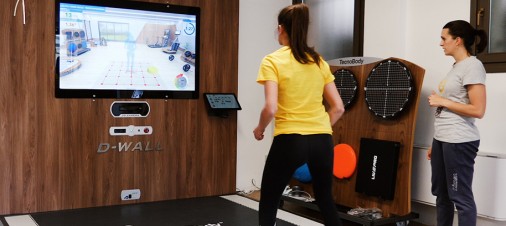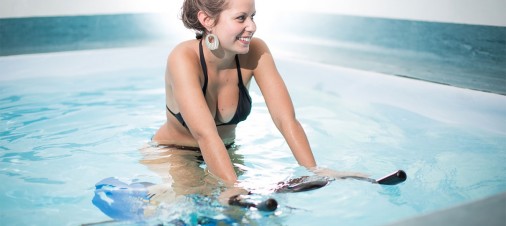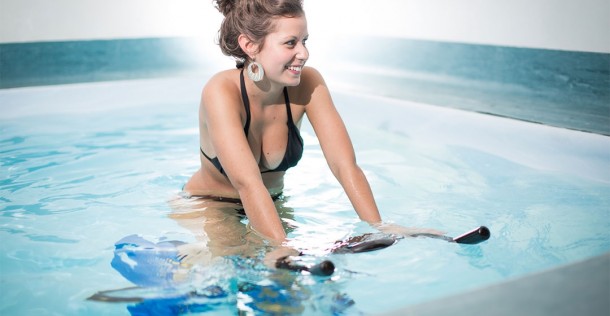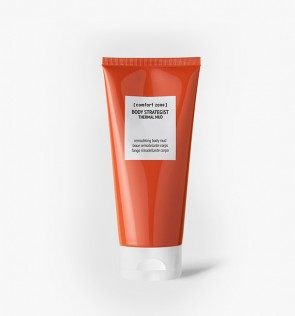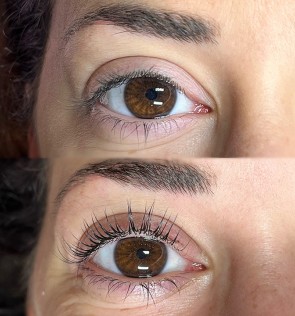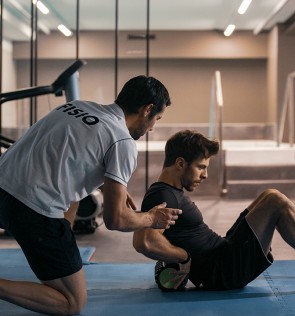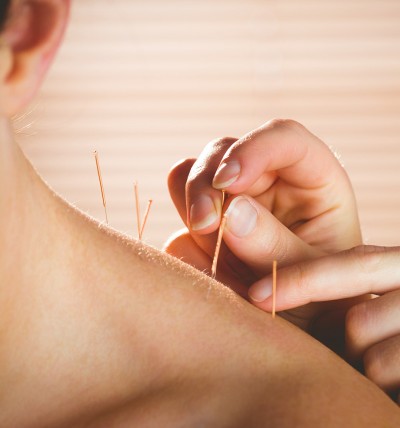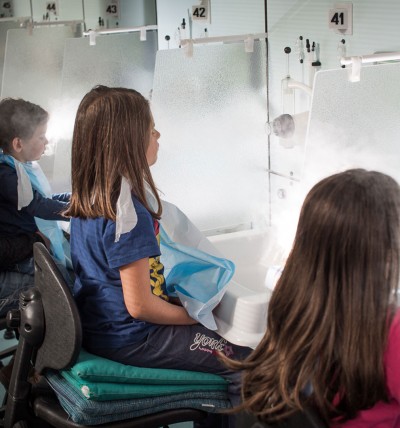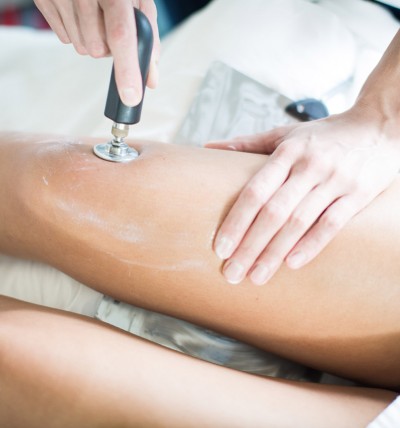Physiotherapy in thermal water
The rehabilitation carried out in the pool combines thermal water and physical exercise benefits.
Physiotherapy in thermal water is useful to regain motor function. It's really effective in the case of disorders of the skeletal system such as arthrosis, chronic or sub-acute sciatic, muscles pain, post-surgery rehabilitation in the case of hips or knee prosthesis, but also for operations to the upper limbs and joints. Really popular also for the sports rehabilitation, in the case of problems to the balance of the body and diseases of the central and peripheral nervous system.
What does it consist of?
Physiotherapy rehabilitation in the water takes place in a reserved pool. According to the state of health of the patient and the type of problem that needs to be solved, it's open a personal folder with the path to follow. The whole rehabilitation programme is followed by a professional physiotherapist that pay attention to each movement of the patient in order to achieve the best results with the physiotherapy. The physiotherapist put in place different techniques based on floatation, push and resistance of the body.
The benefit of making physiotherapy in thermal water is immediate. Water high temperature has a sudden analgesic and relaxing impact on the patient's pain, who will be able to exercise in a more simple and less painful way. Water resistance to the patient's movement enhances joint function, balance, coordination, strength resistance, flexibility, posture and muscle power. Not to be underestimated is the sense of safety and mental wellbeing of physiotherapy in water, giving quietness to the patient and naturally making better results in a shorter time.
It can be useful to add to the therapies the traditional thermal circuits especially in the case of post-surgical airways pathologies, rheumatic and orthopaedic diseases, lower limbs disorders and psychophysical stress.
Thermal water supports and favours the movements avoiding gravity force, therefore helping the mobility of the patient. In fact, when the body is immersed in the water loses almost 60% of its own weight and, in the case of physiotherapy and rehabilitation in the water, this allows to avoid an overload of the joints.
 Close
Close
 Close
Close
 Close
Close
 Close
Close



